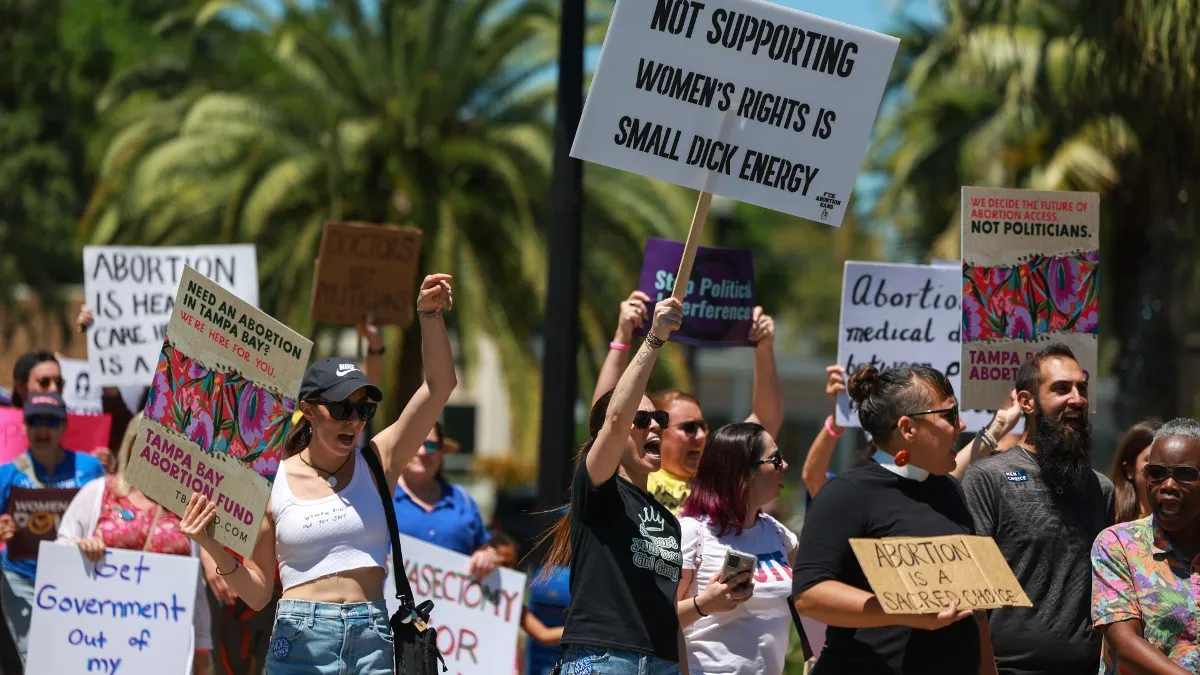This September, the United Auto Workers (UAW) went on strike in three locations— a Ford plant in Chicago, a General Motors factory near Lansing, and a Stellantis plant in Detroit. Over 12,000 union workers participated in the strike.
The union’s demands included a 46% pay increase over four years, a four-day workweek, and a portion of company profits. The strike lasted for an unprecedented six weeks and ended with a tentative agreement that offered wage increases to veteran workers.
To the surprise of some, President Joe Biden joined workers at the picket line and encouraged them to hold their ground. UAW President Shawn Fain and President Biden met in the Oval Office to discuss the issues at hand. If Biden’s hope was to win the union’s endorsement, that has yet to bear fruit.
Though the strike has concluded and workers are back on the job, the UAW has sent signals that they are far from done when it comes to demanding greater workers’ rights. While reaching a tentative agreement on this particular strike, the UAW sent a clear message to their hundreds of thousands of social media followers that they would be back on the picket line at the end of this contract term, and on May Day 2028, they hoped other unions would join them.
Is this likely to happen? Hard to say. Union members in the U.S. have been historically in decline and hit an all-time low in 2022. The reasons for this are varied. The proliferation of the gig economy has meant an increase in independent contractors who are generally ineligible for union membership. Twenty-seven states in the US have “right to work” laws that depress union membership—as well as workers’ wages, research suggests.
Surprisingly, despite the decline in union membership in the U.S., there is increased support for the Labor Movement. According to Gallup polling, two-thirds of Americans approve of labor unions. Younger Americans are especially supportive of the Labor Movement, with Gen Z outpacing both Gen Xers and Boomers in their support.
Time will tell if unions in other sectors join the UAW on the picket line in 2028. The issues the UAW is aiming to address are ongoing and deeply felt: the widening chasm between ordinary workers and the billionaire class who reap the profits of their labor.
The CEOs of the major auto manufacturers that went on strike all make multimillions each year in take-home salary. The GM CEO has defended her multimillion-dollar salary, saying it is a result of company performance. The union has pushed back on this, saying workers are responsible for that profitable performance.
Research on the wage gap between workers and CEOs has illuminated a deeply disturbing trend. Since 1978, the gap between workers’ and CEO’ compensation has increased 1460%. Reporting by The Guardian notes that this trend is getting worse each year. In 2022, the compensation ratio was $670 to $1, meaning chief executives received $670 for each dollar workers received. This was up from $604 to $1 in 2020. On average, at top U.S. companies, CEOs make $10.6 million while median employees earn $23,968.
If these statistics can get into the hands of enough U.S. workers, it could just help the UAW achieve its goal of a massive May Day in 2028. Having broad, transformative goals is at the heart of May Day. On May 1, 1886, the American Federation of Labor set a goal of establishing an 8-hour workday. Before that, the concept was unknown and 16-hour workdays were not uncommon. That strike, now known as the Haymarket Affair or Haymarket Riot, turned violent. Despite that, it achieved an 8-hour work day.
If the UAW is able to gather union allies, perhaps they could put the country on another transformative path. The gap between the ultra-rich and everyone else has become a global problem. Of the $42 trillion in new wealth generated in 2020, two-thirds ended up in the hands of the elite 1%. The majority of Americans (87%) are disgusted by the growing wage gap between CEOs and workers. Hopefully, the UAW can tap into that sentiment in advance of May Day 2028.
(featured image: Bill Pugliano/Getty Images)








